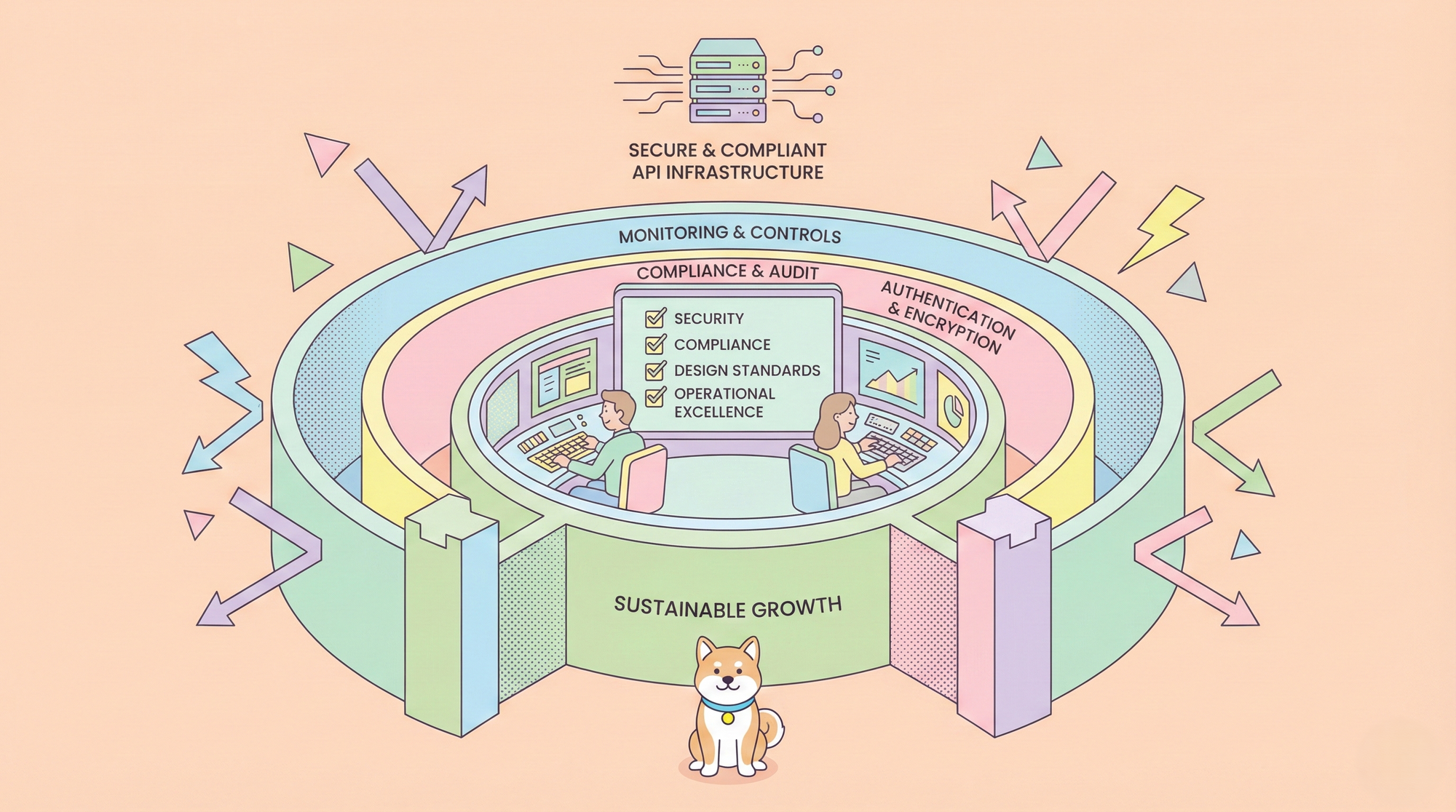Hey there! If you’ve ever dreamed of having an AI buddy that writes code for you right in your editor, you’re in for a treat. Today, we’re diving into Cline, a nifty VS Code extension that’s shaking up how we code in 2025. I’ll walk you through what Cline is, why it’s awesome, and how to get started with it, step-by-step. No tech wizardry required—just a willingness to chat with an AI and watch it work its magic. Let’s jump in!
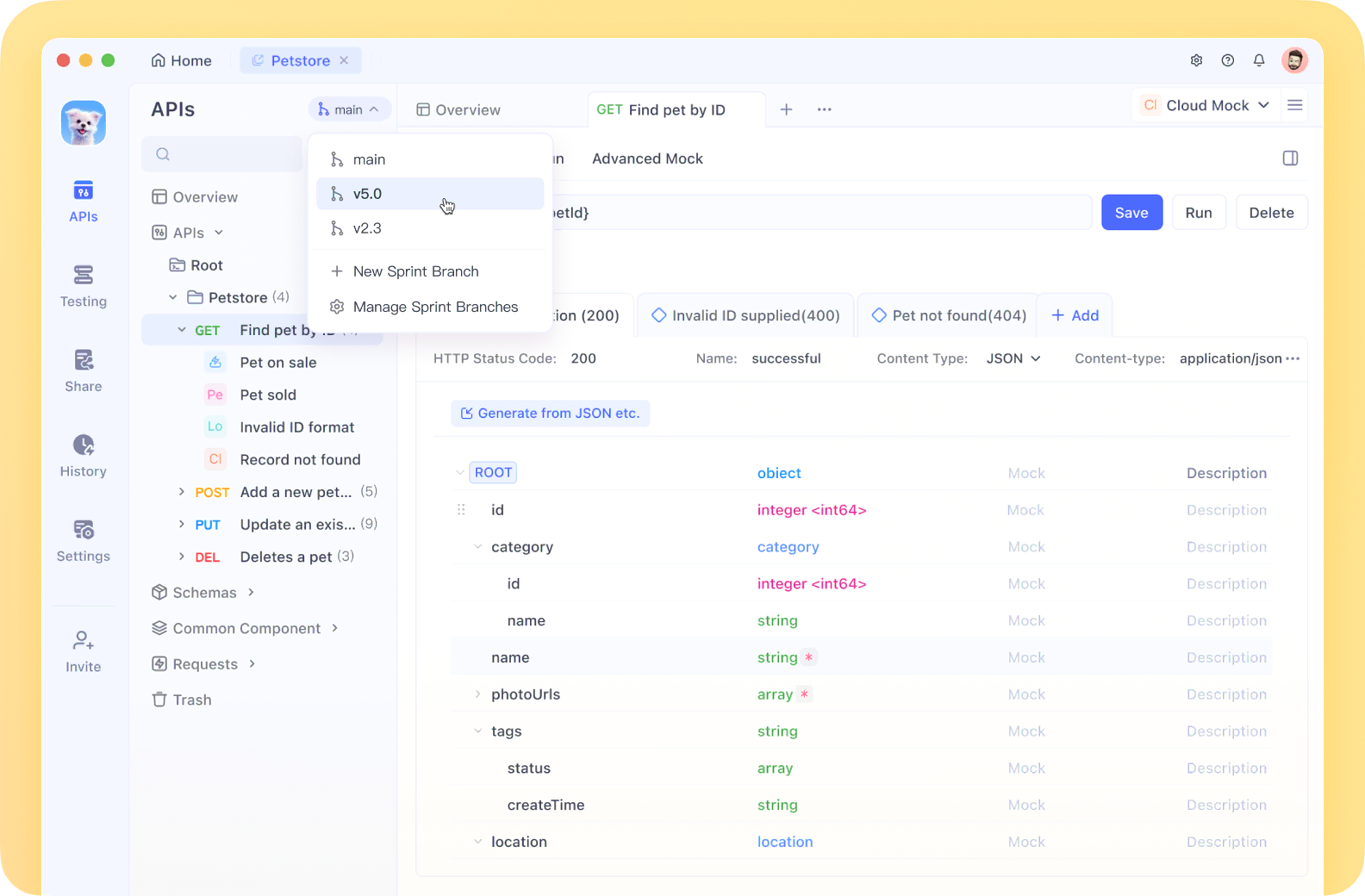
Apidog offers an integrated platform for API design, debugging, testing, and documentation, enabling teams to validate API functionality within their UAT workflows.
With features like collaborative workspaces, automated testing capabilities, and environment management, Apidog empowers QA professionals and business stakeholders to efficiently verify that API responses align with business requirements before production deployment.
What is Cline? Your AI Coding Assistant Explained
So, what’s Cline all about? Imagine you’re coding in Visual Studio Code (VS Code), and instead of hopping over to ChatGPT or Claude’s website to generate code, you’ve got an AI assistant inside your editor. That’s Cline—a VS Code extension that lets you chat with an AI, generate code, edit files, and even run commands, all without leaving your workspace.

Here’s the cool part: Cline isn’t just a code suggester—it’s an agent. It can take your instructions, figure out the steps, and actually do the work, like creating files or tweaking your project. You get to approve every move, so it’s like pair programming with a super-smart robot who never sleeps. Originally powered by Claude 3.5 Sonnet, it now supports a bunch of AI models—like OpenAI, Google Gemini, Anthropic, OpenRouter and more—via various API providers. You pick the brain you want to work with, and Cline makes it happen.
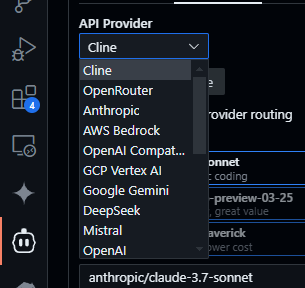
Why’s that a big deal? Because it cuts out the browser-to-editor shuffle. No more copying and pasting code or wondering how to merge suggestions. Cline handles it all in VS Code, making your coding life smoother and faster.
Why Should Beginners Care About Cline?
Okay, you might be thinking, “Sounds fancy, but why should I use Cline?” Great question! Here’s why it’s a beginner’s dream:
- No More Copy-Paste Chaos: Chat with Cline in VS Code, and it applies changes directly—no manual merging needed.
- Learn as You Go: Tell it what you want, see how it codes, and pick up tricks along the way.
- Flexibility: Choose your AI model (like Claude or Gemini) and tweak how it behaves with custom rules.
- User-Controlled Approval: You have the authority to review and approve each edit or command, ensuring that the system operates strictly within your directives.
You can think of Cline as a patient tutor who writes code for you, explains it, and waits for your thumbs-up. It’s perfect whether you’re building a weekend project or just messing around to learn.
Cline vs. Cursor: What’s the Difference?
You might’ve heard of Cursor, another AI-powered coding tool. How does Cline stack up? Cursor’s a standalone editor (a VS Code fork) with built-in AI smarts—super easy to use, but it locks you into its ecosystem and a monthly subscription. Cline, on the other hand, is a VS Code extension, so it works with your existing setup and lets you pick your AI provider. Want to try a new model? Switch it in Cline. Want to use it only when you need it? No subscription pressure—just pay per API use. For beginners, Cline offers more freedom, though it’s a tad less plug-and-play than Cursor.
How to Set Up Cline: A Beginner’s Step-by-Step Guide
Ready to give Cline a spin? Let’s set it up together—it’s easier than you think!
Step 1: Install VS Code
If you don’t have VS Code yet, grab it from code.visualstudio.com. It’s free, lightweight, and the perfect home for Cline.
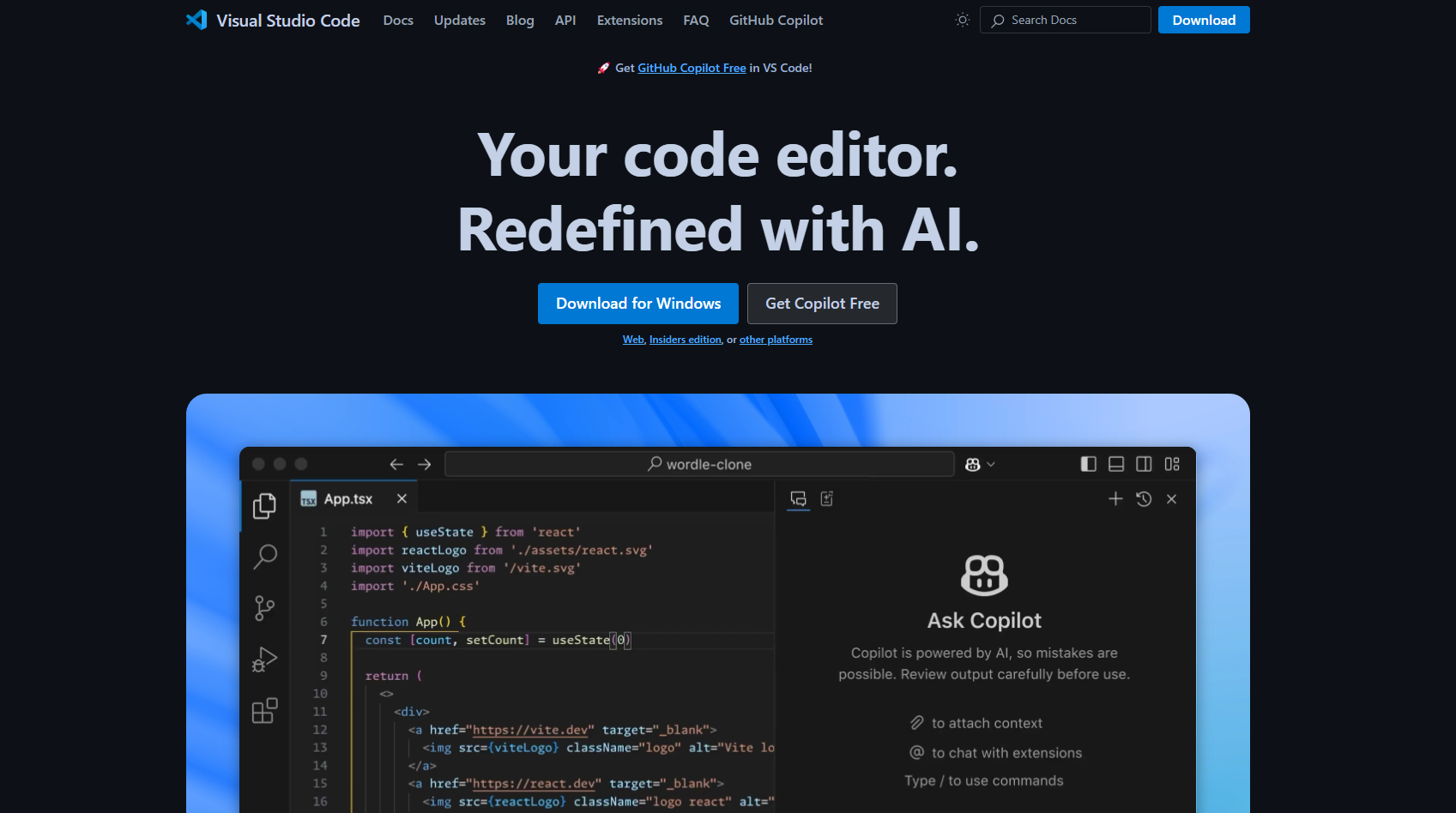
Step 2: Add Cline to VS Code
- Open VS Code.
- Hit the Extensions icon (or
Ctrl+Shift+X/Cmd+Shift+X). - Search for “Cline” and click Install. Done!
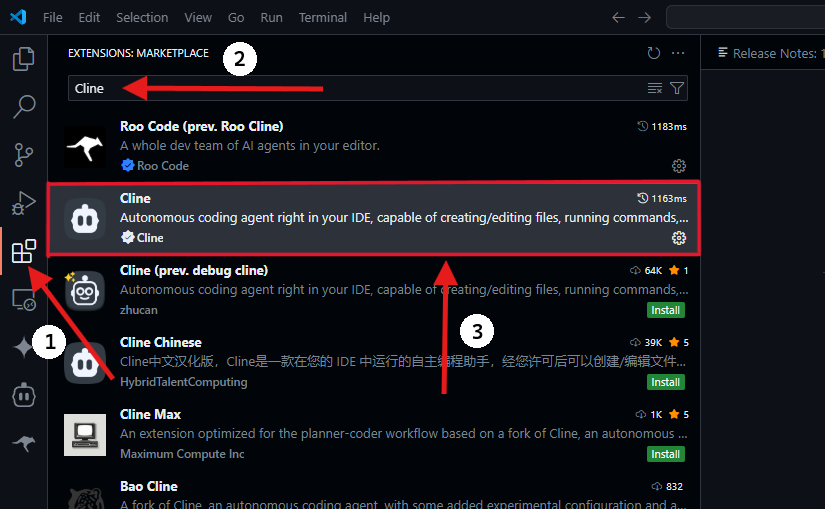
Step 3: Get an API Key
Cline needs an AI brain to work with, so pick a provider:
- Anthropic: Sign up at anthropic.com, grab $5 in API credits, and get your key.
- OpenAI: Head to openai.com for a key if you prefer GPT models.
- Google Gemini: Check aistudio.google.com for a free-tier key (Recommended for beginners).
- OpenRouter: A cool option at openrouter.ai that wraps multiple AIs (Recommended but preferably for intermediate devs).
Once you’ve got your key, open Cline’s settings in VS Code, select your provider, and paste it in.
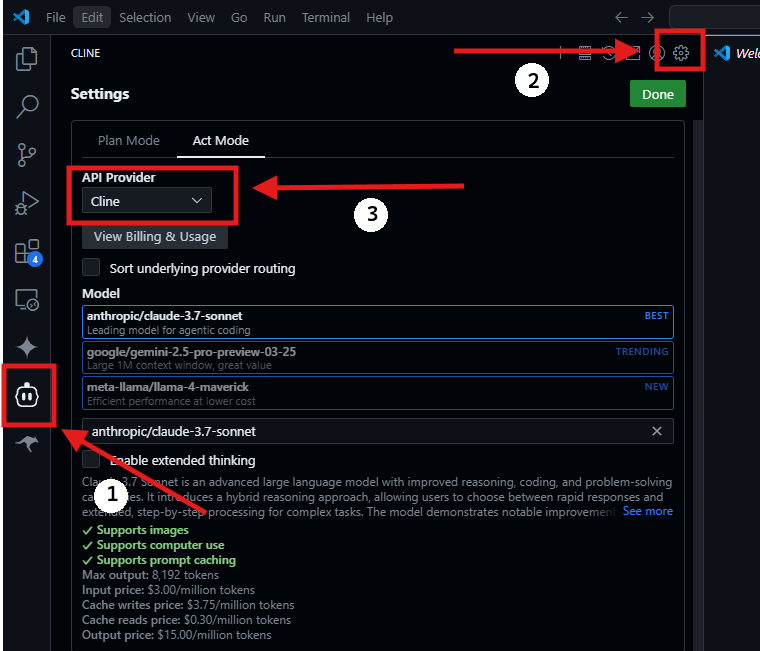
Step 4: Set Custom Instructions (Optional but Awesome)
In Cline’s sidebar, you’ll see a spot for “Custom Instructions” (Cline > Settings > Custom Instructions). This is where you tell it how to behave. Try this:
Speak in Spanish. Use Python by default. Keep changes small and ask for my review after each file edit.
This keeps Cline on a leash—perfect for beginners who want bite-sized steps.

Step 5: Start Chatting!
In the Cline sidebar, type your task in the “Type your task here” box—like “Create a simple Python calculator.” Hit enter, and watch it go!

Using Cline: A Fun First Project
Let’s try something simple: a Python calculator. Open a new VS Code project, then tell Cline:
Make a Python script for a calculator that adds, subtracts, multiplies, and divides two numbers.
Cline will:
- Plan: Suggest creating a file (e.g.,
calculator.py) and outline the code. - Act: Write something like this after you approve:
def calculate(num1, num2, operation):
if operation == "+":
return num1 + num2
elif operation == "-":
return num1 - num2
elif operation == "*":
return num1 * num2
elif operation == "/":
return num1 / num2 if num2 != 0 else "Error: Division by zero"
else:
return "Invalid operation"
num1 = float(input("Enter first number: "))
num2 = float(input("Enter second number: "))
op = input("Enter operation (+, -, *, /): ")
result = calculate(num1, num2, op)
print(f"Result: {result}")
Review it, tweak it (maybe add a “Run it” command), and you’ve just built something with Cline!

Tips to Master Cline as a Beginner
Keep Tasks Small
Cline can get carried away—think “build an app” might turn into a dozen files at once. Start with “Write a function” or “Fix this error” to keep it manageable.
Use .clinerules for Control
Create a .clinerules file in your project root to set ground rules. Here’s a beginner-friendly example:
# Speak in Spanish
# Ask for review after each file change
# Don’t edit README or docs unless I say so
# Suggest files to edit instead of opening them randomly
Save it, and Cline will follow your lead.
Watch the Costs
API usage racks up tokens fast. A simple task might cost $0.03, but long chats can hit $0.50. Check costs in Cline’s UI, and switch tasks if it climbs too high. Beginners might love OpenRouter’s free-tier options to dip their toes in.
Avoid Screen Meddling
While Cline edits, don’t switch files—it can confuse it and break the code. Commit changes often (tell it “git commit -m ‘update’”) to stay safe.

Common Cline Gotchas (and Fixes)
“Rest of Code Here” Problem
For big files, Cline might skip lines with “// rest of code here.” Split big tasks into smaller chunks or wait for future updates like Fast Edit Mode.
Rate Limits
Hit an API ceiling? Wait it out or swap providers. Keep multiple keys handy if you’re a heavy user.
Overzealous AI
If Cline does too much (like rewriting your whole project), rein it in with .clinerules or say “Just do this one thing” in your prompt.
Conclusion: Why Cline Rocks for Beginners in 2025
As of April 09, 2025, Cline is a beginner’s gateway to next-gen coding. It’s not about replacing you—it’s about amplifying you. Weekend hackers like me can whip up apps without sweating every line, and newbies can learn by watching Cline in action. Compared to Cursor’s all-in-one vibe, Cline’s flexibility and VS Code integration make it a no-brainer for anyone starting out.
So, what’s your first Cline project gonna be? A calculator? A to-do list? Drop it in the comments—I’d love to hear! Grab Cline from the VS Code Marketplace, play around, and see how it transforms your coding game. Happy coding, friends!


